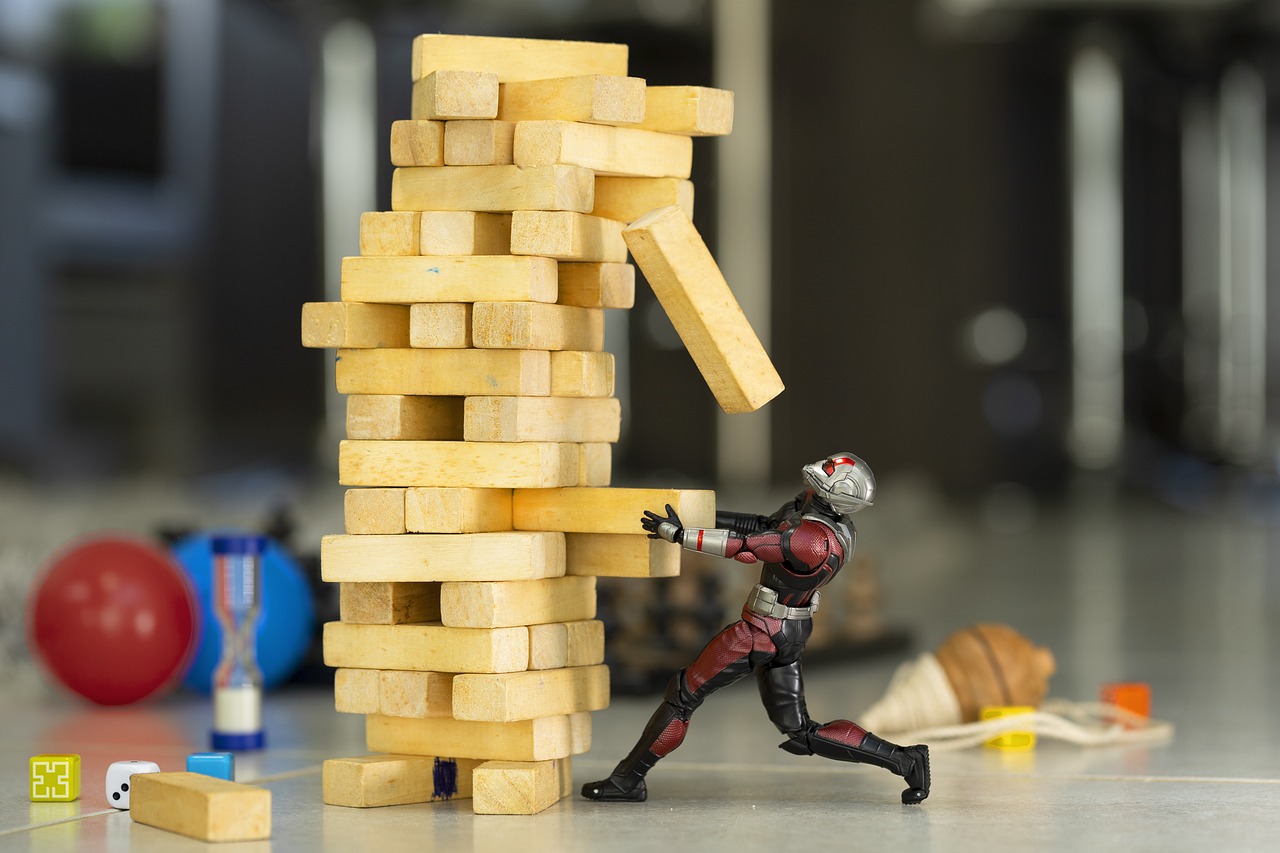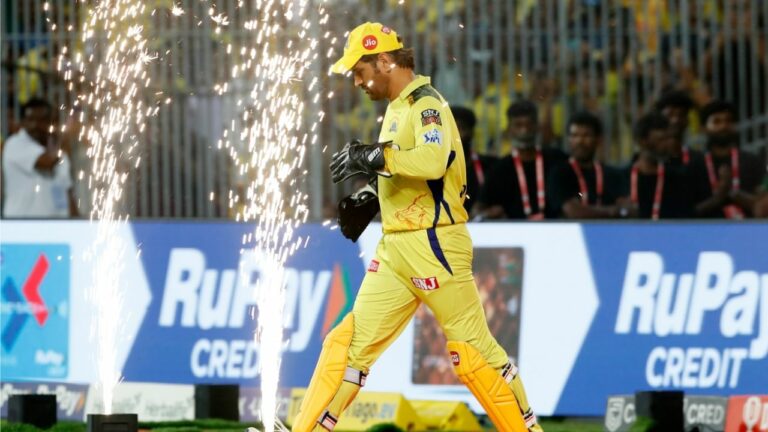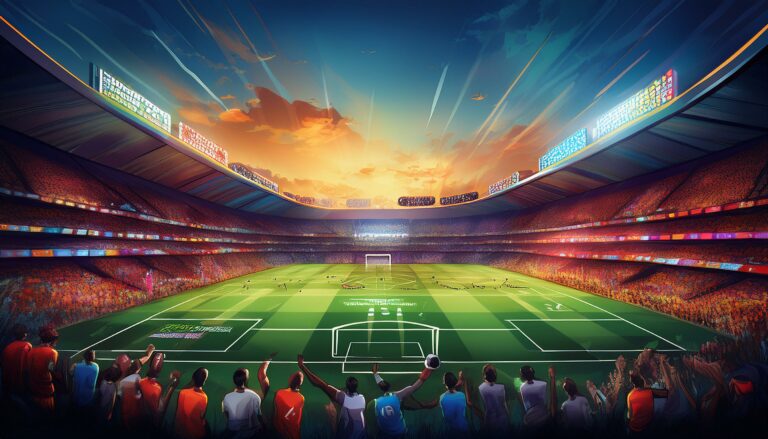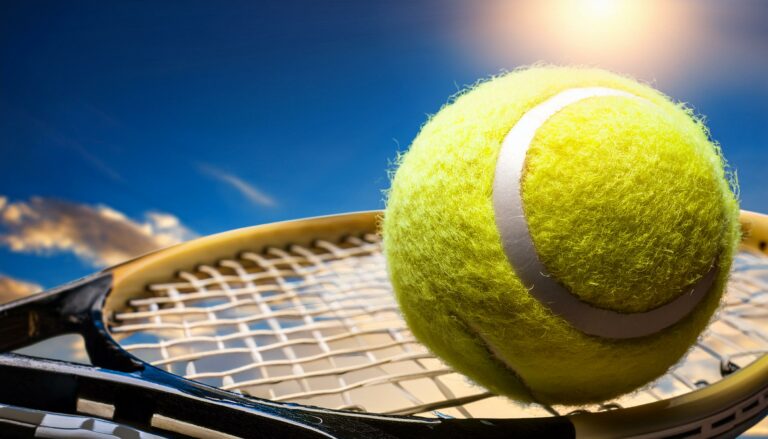The Evolution of Cricket Ground Technology: From Grass to Synthetic Turf: All panel 777.com login, Laserbook247, 99exch
all panel 777.com login, laserbook247, 99exch: Cricket is a sport that has captivated audiences around the world for centuries. As the game has evolved, so too has the technology surrounding it, including the playing surfaces on which matches are contested. In the early days of cricket, grounds were simply natural grass fields. However, advancements in technology have led to the development of synthetic turf, offering a more durable and consistent playing surface. Let’s take a look at the evolution of cricket ground technology from grass to synthetic turf.
Natural Grass Fields
In the early days of cricket, matches were played on natural grass fields. These fields were susceptible to wear and tear, especially during multi-day matches. Groundsmen had to work tirelessly to maintain the playing surface, ensuring that it remained flat and consistent for the players. While natural grass fields provided a traditional playing surface, they were not always ideal for long-term use.
Artificial Turf
In the 1960s, artificial turf began to be used in cricket grounds. This synthetic surface offered a more durable playing field that required less maintenance than natural grass. Artificial turf also provided a more consistent bounce for bowlers, making it a popular choice for professional matches. However, artificial turf did have its drawbacks, including a faster pace and higher bounce than natural grass.
Hybrid Turf
To address the shortcomings of both natural grass and artificial turf, hybrid turf was developed. This innovative playing surface combines natural grass with synthetic fibers, offering the best of both worlds. Hybrid turf provides a durable and consistent playing surface that mimics the feel of natural grass while requiring less maintenance. Many professional cricket grounds now use hybrid turf, offering players a high-quality playing experience.
Synthetic Turf
In recent years, advancements in technology have led to the widespread adoption of synthetic turf in cricket grounds. This artificial playing surface consists of synthetic fibers that are designed to mimic natural grass. Synthetic turf offers a durable and low-maintenance playing surface that is not affected by weather conditions. Many modern cricket grounds now use synthetic turf, providing players with a reliable and consistent playing experience.
FAQs
Q: Is synthetic turf safe for cricket?
A: Yes, synthetic turf is designed to meet the safety standards required for cricket matches, providing a consistent playing surface that reduces the risk of injuries.
Q: Does synthetic turf affect the bounce of the ball?
A: Synthetic turf is designed to provide a consistent bounce for bowlers, offering a reliable playing surface that is not affected by weather conditions.
Q: How does synthetic turf compare to natural grass?
A: Synthetic turf offers a durable and consistent playing surface that requires less maintenance than natural grass, making it a popular choice for modern cricket grounds.
In conclusion, the evolution of cricket ground technology from grass to synthetic turf has revolutionized the sport, offering players a high-quality playing experience. Whether playing on natural grass, artificial turf, hybrid turf, or synthetic turf, cricket grounds continue to evolve to meet the demands of the game.







